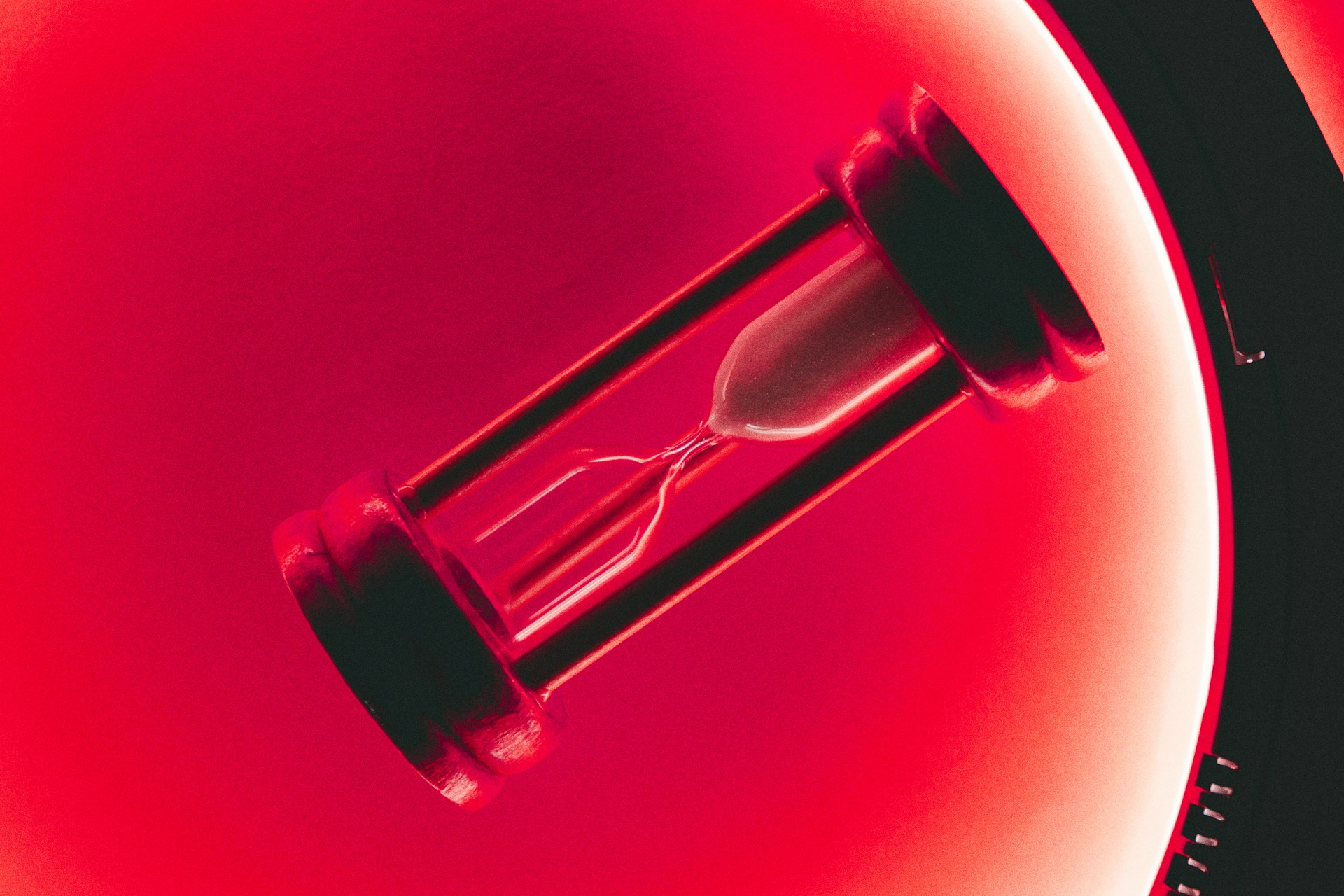In a groundbreaking development that could revolutionize global timekeeping standards, scientists are on the brink of redefining the second, the fundamental unit of time. The pursuit to achieve unprecedented accuracy in time measurement has led researchers to explore innovative optical clocks based on elements like ytterbium and strontium.
The current international definition of the second, established in 1967, relies on the vibrations of cesium atoms. While this method has served as the gold standard for over five decades, advances in atomic clock technology have paved the way for more precise alternatives. Optical clocks, which measure time using the frequencies of visible light, have demonstrated a remarkable ability to keep time with precision levels up to 100 times greater than cesium-based clocks.
Why Optical Clocks?
The core advantage of optical clocks lies in their higher frequencies. Traditional cesium clocks operate in the microwave spectrum, whereas optical clocks function in the visible spectrum, allowing them to count oscillations more accurately. This heightened precision is critical for applications ranging from GPS systems and telecommunications to cutting-edge scientific research.
Dr. Elena Navarro, a leading physicist at the European Time Standards Institute, emphasized the transformative potential of this innovation. “The adoption of optical clocks will redefine timekeeping precision and bolster numerous technological advancements that depend on highly accurate time measurements,” she stated.
Global Implications and Challenges
A redefinition of the second will have far-reaching implications. International timekeeping institutions, including the International Bureau of Weights and Measures (BIPM), are carefully evaluating the practicalities of adopting this new standard. One significant challenge is ensuring the global synchronization of these advanced clocks, which require extremely stable environments and sophisticated infrastructure.
Moreover, industries relying heavily on accurate time measurements, such as finance, aviation, and space exploration, will need to adapt to this technological shift. Experts predict a transitional period during which cesium and optical clocks will operate in parallel until the new standard is universally adopted.
Looking Ahead
The scientific community anticipates that a formal decision to redefine the second could be reached by the end of the decade. In preparation, research institutions worldwide are ramping up efforts to develop commercially viable optical clock systems and address the logistical challenges of their implementation.
As humanity continues to push the boundaries of precision and accuracy, the redefinition of the second stands as a testament to the relentless pursuit of scientific progress. This historic transition is expected to not only refine timekeeping but also unlock new possibilities in technology, research, and beyond.
From Science Insight, your source for the latest updates in science and technology.
